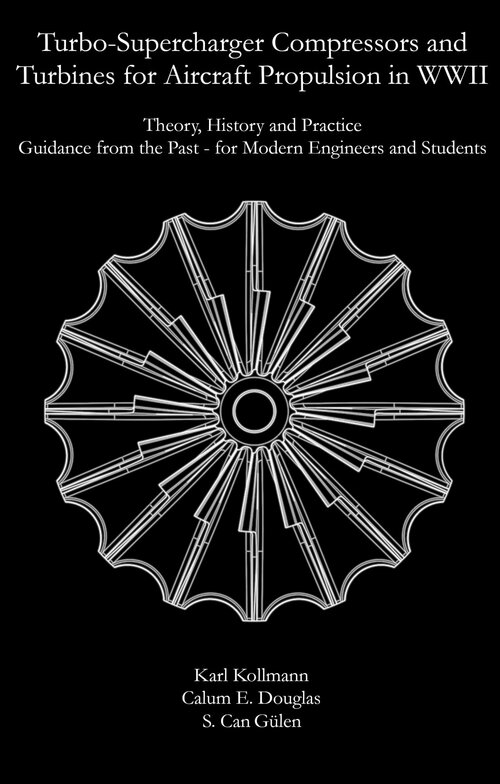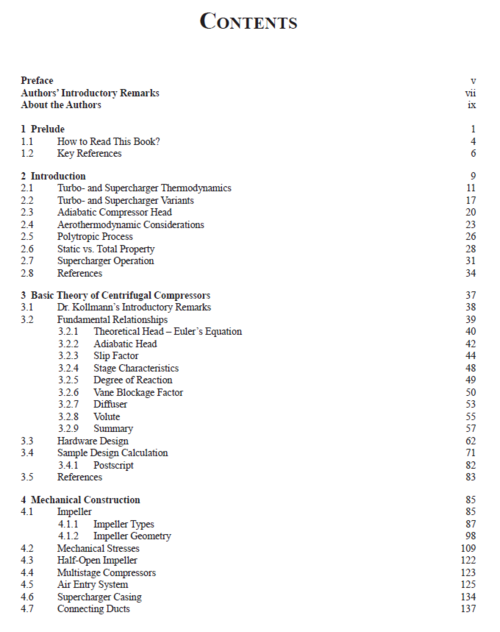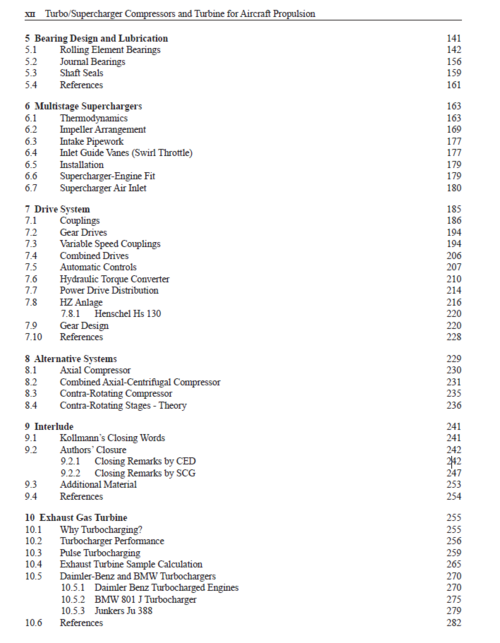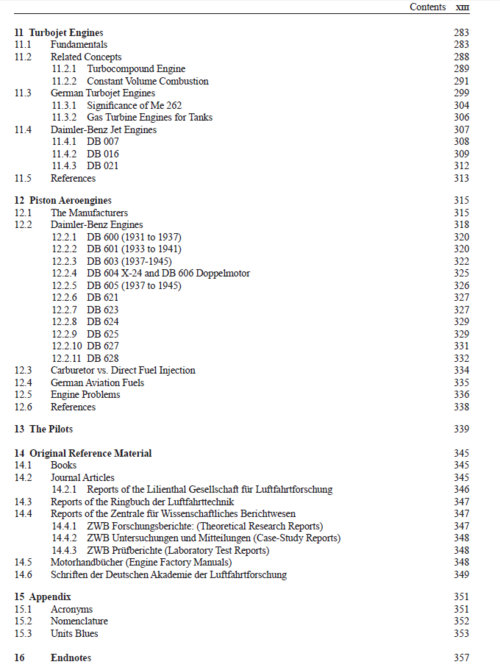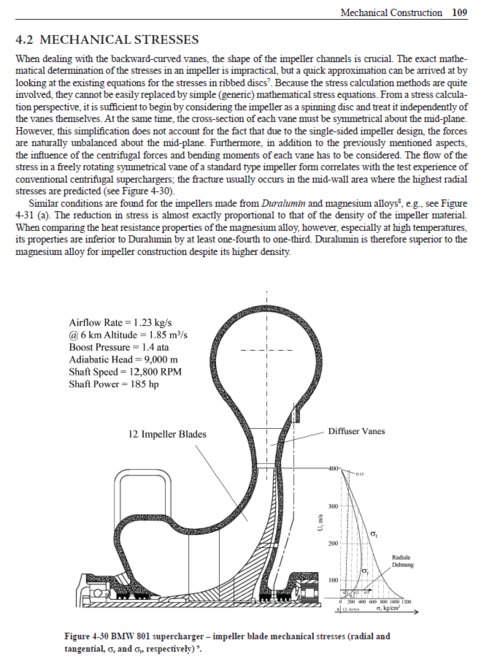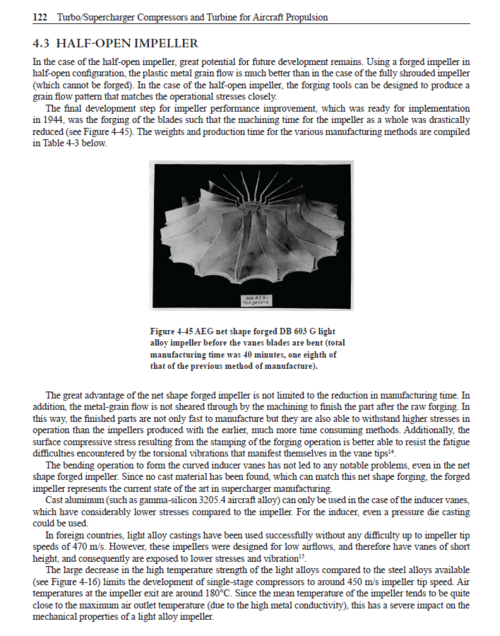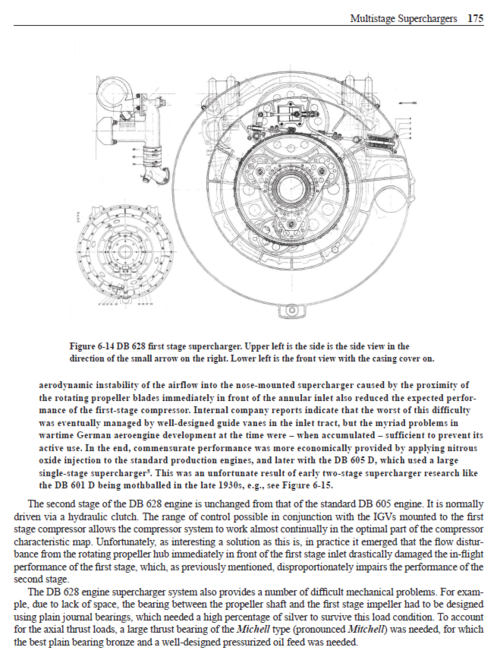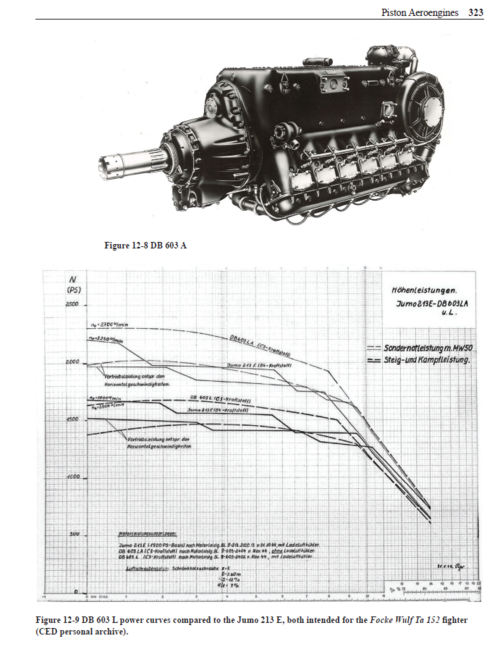Also on the subject of targets for the bombers
Target: Hitler’s oil, Allied attacks on German oil supplies 1939-45 by Ronald C. Cooke and Roy Conyers Nesbit
Apart from the oil plants and transport network, there were other weak points in the German economy, which would have been very worthwhile targets for attacks by the Anglo-American strategic bombers. These were plants producing key war chemicals such as synthetic nitrogen, methanol (synthetic wood alcohol), tetraethyl lead and synthetic rubber. Nitrogen was vitally important in the manufacture of explosives and V2 rocket fuel; it was also essential in the production of agricultural fertilizer. Tetraethyl lead was an indispensable ingredient of aviation fuel; without it the Luftwaffe’s fighter aircraft would have been deprived of 40 per cent of their engine power and have been hopelessly outclassed in combat. With the almost complete cessation of imports of natural rubber from overseas on the outbreak of war, the production within Germany of synthetic rubber, needed for many types of wheeled vehicle, assumed great importance.
In the case of some of these products, for example nitrogen, the plants that manufactured them were very few in number and of large capacity. Direct attacks on them would probably have had an even more crippling affect than the raids on the oil installations. Although, the Western Allies knew a great deal about German industry even before the war began, the military leaders did not appreciate the crucial importance of the chemical industry or of the close interdependence between certain branches of production, as between the manufacture of oil, chemicals, synthetic rubber and explosives. This information came to light only after the war, when American and British survey teams carried out post mortem investigations in Germany into the effectiveness of Allied strategic bombing.
None the less, manufacture of the above key items was greatly hampered as a by-product of the oil-offensive, although this fact was not fully realised at the time. When the oil plants at Luena and Ludwigshaven were temporarily put out of action, Germany was deprived of 63% of its current output of nitrogen, 40% of its synthetic methanol and 65% of its synthetic rubber production.
Brute Force: Allied Strategy and Tactics in the Second World War – John Ellis
P217/218
Ethyl Fluid, this was ‘an indispensable constituent of high-grade aviation gasoline. The addition of ethyl fluid in very small amounts to gasoline is so beneficial that no modern aircraft is operated without it. It was made from tetraethyl lead and ethylene dibromide, and production of the former was limited to only five plants in Axis Europe, two in Germany, two in Italy and one in Occupied France. Only the products of their own and one Italian plant were ever available to the Germans, and these were barely adequate to supply the tetraethyl lead for their needs. Plans to construct two new plants in Germany and to expand production of the others never materialised. Ethylene dibromide was supplied by only a single plant in Germany. The USSBS points out that production of aviation fuel was thus ultimately dependent upon four plants, the location and purpose of each of which was known. The Survey crisply concludes: ‘These plants were not bombed, although the equipment and the processes used were such as to make then highly vulnerable to air attack … A major opportunity in the Allied air offensive against oil was unexploited.
Target: Hitler’s oil, Allied attacks on German oil supplies 1939-45 by Ronald C. Cooke and Roy Conyers Nesbit
Apart from the oil plants and transport network, there were other weak points in the German economy, which would have been very worthwhile targets for attacks by the Anglo-American strategic bombers. These were plants producing key war chemicals such as synthetic nitrogen, methanol (synthetic wood alcohol), tetraethyl lead and synthetic rubber. Nitrogen was vitally important in the manufacture of explosives and V2 rocket fuel; it was also essential in the production of agricultural fertilizer. Tetraethyl lead was an indispensable ingredient of aviation fuel; without it the Luftwaffe’s fighter aircraft would have been deprived of 40 per cent of their engine power and have been hopelessly outclassed in combat. With the almost complete cessation of imports of natural rubber from overseas on the outbreak of war, the production within Germany of synthetic rubber, needed for many types of wheeled vehicle, assumed great importance.
In the case of some of these products, for example nitrogen, the plants that manufactured them were very few in number and of large capacity. Direct attacks on them would probably have had an even more crippling affect than the raids on the oil installations. Although, the Western Allies knew a great deal about German industry even before the war began, the military leaders did not appreciate the crucial importance of the chemical industry or of the close interdependence between certain branches of production, as between the manufacture of oil, chemicals, synthetic rubber and explosives. This information came to light only after the war, when American and British survey teams carried out post mortem investigations in Germany into the effectiveness of Allied strategic bombing.
None the less, manufacture of the above key items was greatly hampered as a by-product of the oil-offensive, although this fact was not fully realised at the time. When the oil plants at Luena and Ludwigshaven were temporarily put out of action, Germany was deprived of 63% of its current output of nitrogen, 40% of its synthetic methanol and 65% of its synthetic rubber production.
Brute Force: Allied Strategy and Tactics in the Second World War – John Ellis
P217/218
Ethyl Fluid, this was ‘an indispensable constituent of high-grade aviation gasoline. The addition of ethyl fluid in very small amounts to gasoline is so beneficial that no modern aircraft is operated without it. It was made from tetraethyl lead and ethylene dibromide, and production of the former was limited to only five plants in Axis Europe, two in Germany, two in Italy and one in Occupied France. Only the products of their own and one Italian plant were ever available to the Germans, and these were barely adequate to supply the tetraethyl lead for their needs. Plans to construct two new plants in Germany and to expand production of the others never materialised. Ethylene dibromide was supplied by only a single plant in Germany. The USSBS points out that production of aviation fuel was thus ultimately dependent upon four plants, the location and purpose of each of which was known. The Survey crisply concludes: ‘These plants were not bombed, although the equipment and the processes used were such as to make then highly vulnerable to air attack … A major opportunity in the Allied air offensive against oil was unexploited.

